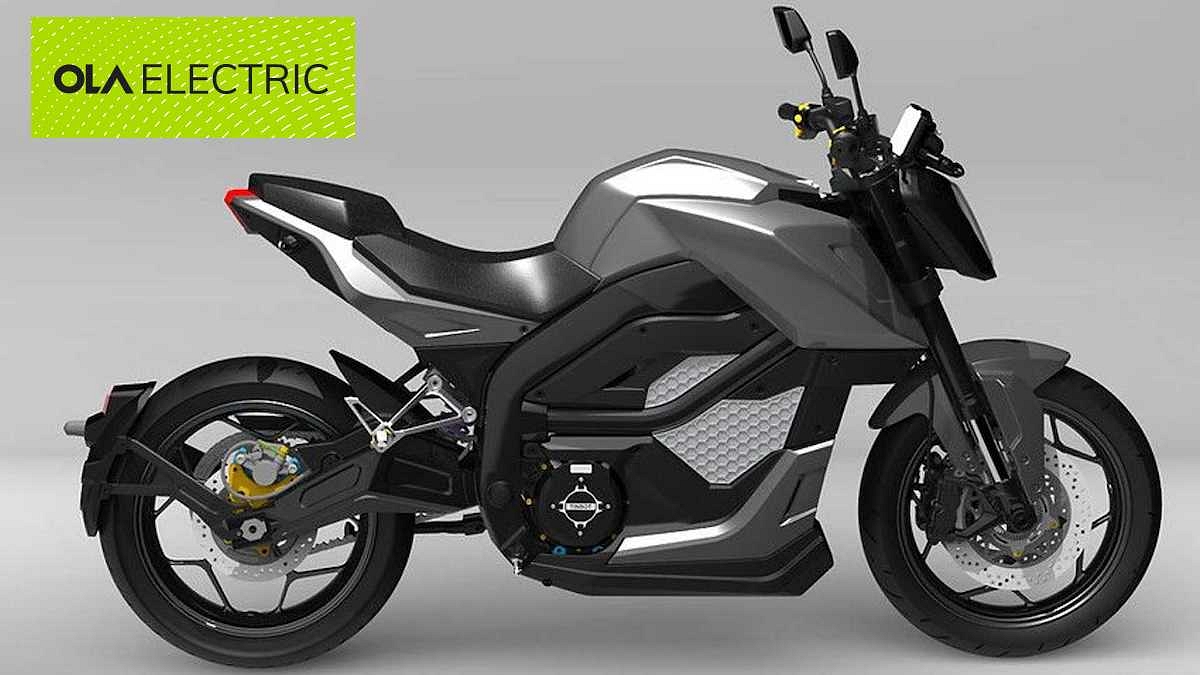Key Highlights
- e-Motorcycle to join e-scooter & e-sedan in the line up
- Brand CEO confirmed the speculation by some tweets about the bike
- We might the first look next year in 2023
In India, Ola Electric is making a significant move in the e-mobility market. The company has already teased its upcoming electric car for the Indian market and has three electric scooters in the market – S1 Air, S1 and S1 Pro. Now, the brand has confirmed that they are working on a new electric bike. Additionally, Bhavish Aggarwal, the company’s CEO, confirmed the story of the Ola Electric bike in a number of tweets.
Ola Electric Bike
The CEO of the company recently asked his Twitter followers which type of bike they preferred: Sports, Cruiser, Adventure, or Cafe Racer. The Sports category received the most votes. Other information, however, is still a secret regarding the impending Ola bike. Before the brand’s forthcoming electric car debuts, the Ola Electric bike might make its debut.
Also Read: LML Star electric scooter bookings open
The company might target the mainstream market with its upcoming motorcycle before moving into the premium sector. At the debut of the Ola S1 Air scooter on Diwali, Ola made a hint about the introduction of an electric motorcycle. The brand CEO said “over next 12 months we will build EV products in all two-wheeler categories.”
| Ola S1 Electric Motor | Specifications |
| Peak Motor output | 4.5kW |
| Battery | 2.5kWh |
| Riding range | 101km per charge |
| Driving Modes | Eco, Normal, Sports |
Ola Electric has sold over 20,000 scooters in the last month. This demonstrates brand’s strong performance in the electric two-wheeler sector. The company has also introduced the S1 Air electric scooter to compete in the market for budget electric scooters.
The Ola S1 Air has a smaller 2.5kWh battery pack, which generated a 4.5kW peak motor output. There are three riding modes available in the S1 Air: Eco, Normal, and Sports. The ARAI claims that the Eco mode’s riding range is 101 km per charge.
Also Read: 2022 Honda CB500F Spied At Dealership In India – Launch Soon?
Verdict: The aggressive approach by Ola Electric to introduce new electric products for the Indian market demonstrates how serious they are about the adoption of EVs. With the help of the Ola Electric bike, the company will be able to stand out from the competition and penetrate new markets. Ola also has some high ambitions for the future, including the introduction of an electric automobile for the Indian mass market.

